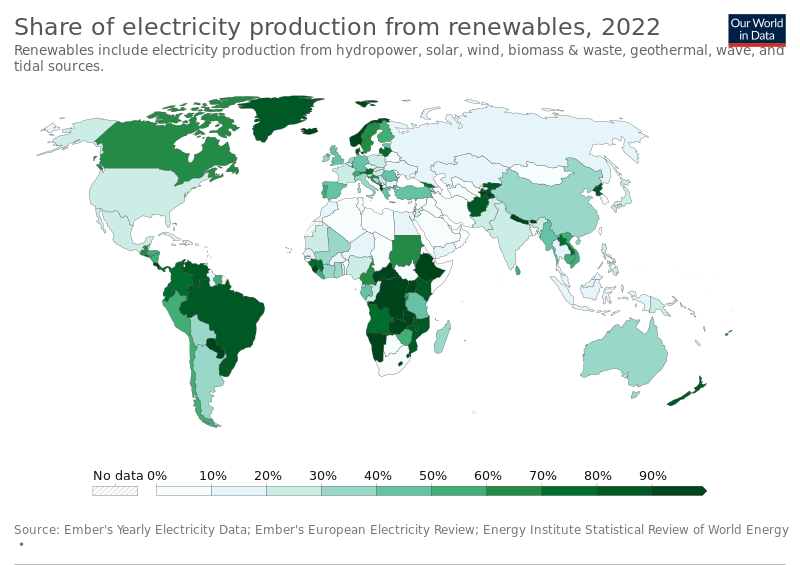BP Divests US Onshore Wind Business to Focus on Oil Revival Strategy

In a significant shift in strategy, BP has announced the sale of its US onshore wind business to LS Power, marking a retreat from its previous efforts to transition towards renewable energy. This move is part of BP's broader plan to divest $20 billion in assets as it reorients its focus back to oil and gas production. The transaction includes BP's interests in ten wind farms, which collectively generate enough clean energy to power over 500,000 homes. Although the financial details of the deal remain undisclosed, estimates suggest the value of these wind farms may approximate $2 billion (£1.5 billion).
The decision to sell comes in the wake of a failed attempt to transform BP into a net-zero energy company, a plan that has faced increasing scrutiny and pressure, especially during the Trump administration. Giulia Chierchia, the executive responsible for BP's sustainability strategy, recently stepped down, further indicating a shift in the company's approach to renewable energy. BP has publicly stated that it no longer considers itself the best owner to advance the wind business and aims to simplify its operations as it confronts sluggish share performance.
Murray Auchincloss, BP's Chief Executive, is leading the company's turnaround strategy, which includes substantial divestments to bolster the company's financial health. So far, Auchincloss has initiated agreements valued at $1.5 billion and aims to finalize an additional $3 billion to $4 billion worth of asset sales within the year. The upcoming financial results for the second quarter, scheduled for early August, are expected to provide further insights into BP's progress in this divestment strategy.
This transition away from renewables comes amid a broader industry trend where fossil fuel companies are reassessing their portfolios in response to volatile global markets and shareholder pressures. William Lin, head of BP's gas and low-carbon energy business, acknowledged the potential of the wind business but emphasized the need for a more focused asset management strategy.
BP’s wind farms in the US have played a significant role in the company's renewable energy portfolio, yet the recent shift highlights the challenges faced by conventional energy companies in balancing traditional oil and gas operations with green energy initiatives. The growing skepticism among investors regarding BP's ability to recover from a challenging period underscores the need for a clear path forward amid an evolving energy landscape.
As BP continues its transition, the implications of this divestment extend beyond the company itself, impacting the renewable energy sector’s stability and growth prospects in the United States. Industry experts are closely monitoring how this shift will affect energy policies and market dynamics moving forward.
Historically, BP's foray into renewable energy was seen as a progressive step towards sustainability, but the recent developments suggest a retreat to more traditional energy sources may be a strategic necessity in the current economic environment. The future of BP's energy strategy remains uncertain as it seeks to balance profitability with environmental responsibilities in a rapidly changing market.
Advertisement
Tags
Advertisement





